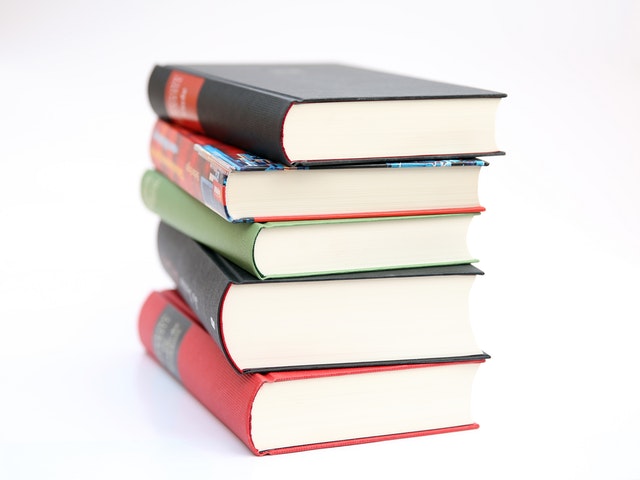As the costs of tuition, living, and having fun rise, spending money (a lot of money) on textbooks that are used once or twice and then tossed under beds or returned to the bookstore has become less of a priority. It is not high on any student’s list to “waste” money on these bulky sets of paper that cost hundreds of dollars.
While it’s obviously not true that we’re wasting our money, since textbooks help further our education, it’s often hard to look past the dollars upon dollars of our hard-earned money that goes toward them. After ripping off the band-aid that is renting and buying textbooks, a lot of students are left to wonder, “why are textbooks so dang expensive?”
This poses the question about the difference between the production cost and the retail cost of textbooks.
Since 1978, there has been an 812 percent increase in textbook prices, according to American Enterprise Institute (AEI). On average, there is a 22 to 28 percent markup on textbooks. These markups are created by and benefit the store that’s selling the textbook, and they pay for employee salaries, utilities and other costs.
While companies say that they “make a profit of only 6.3 cents from every dollar,” this information comes directly from the retailers and cannot be relied on. The retailers often don’t have a large margin of profit after all is said and done, and with competitors like Chegg and Bookrenter, who rent textbooks for a fraction of the price of buying new ones, book retailers are feeling the pressure to make more money.
And while it seems like these bookstores would be making massive amounts of money from their marked-up textbooks, many bookstores are actually filing bankruptcy.
When looking at the cost of textbooks, besides the 22 to 28 percent markup, the rest of the cost is usually unknown to students. The cost is divided production cost, author royalties, editing, and other expenses.
According to Priceonomics, the physical production of the textbook makes up five percent of the cost. This covers things like paper, ink, binding, and printing. Author royalties, which pay the author for their work in creating the book in production, take up 15 percent. Editorial costs make up the largest part of the cost, which is about 32 percent. The actual cost of editing can differ depending on the hours spent on the book, and publishers use formulas to accurately record the price versus time ratio.
Marketing and ads for the textbook makes up 15 percent of the cost, because not many things in life can sell without proper exposure and marketing. There are extra fees that create an overhead, which is a set of odds and ends fees that take up 10 percent. When all of these add up, there’s a 23 percent profit for which the bookstore can mark up before selling to students in many different classes, at different universities, and even different continents.
With the move to more online textbooks, which are less expensive and are more easily accessible, as well as the amount of students renting instead of buying, the profit margin for these big bookstores goes down even further. The pressure to make more money often results in new editions of textbooks being released. These new editions are often changed very little, get an updated cover, and are re-released to bring in more buyers.
I doubt that there are many students that haven’t been burned by multiple editions. These textbook companies market new editions to many professors, which directly affects us students because many professors agree to using new editions. There are less rentals for these new books, leaving students out of luck for the more cost-effective options.
With some majors like my own, English, the books are less expensive. I had to rent or buy 8 textbooks for my classes, and I squeezed out of the bookstore spending less than $300. Not all students are so lucky. Math, Science, and Foreign Language textbooks are often the most expensive, and one textbook can easily cost $300 on its own.
For example, for an Anatomy and Physiology textbook, The Fundamentals of Anatomy + Physiology, the only option on Barnes & Noble’s website through Capital University is to buy a new book, which would cost $476.65. But after some searching, a new copy could be purchased on Amazon for $218.79 and rented for $80.69.
Although it is easier to settle with the higher prices of bookstores, at least there are cheaper alternatives.




